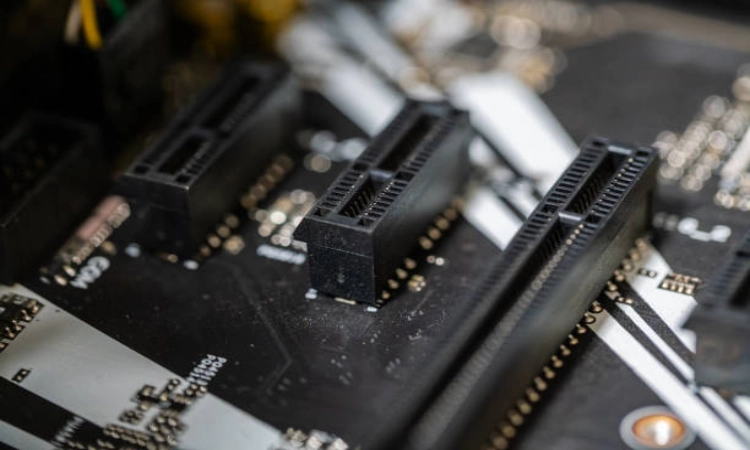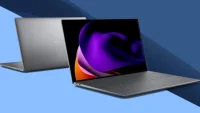Many designers overlook the impact of interconnect solutions on overall system performance and reliability. Choosing between board-to-board connectors and alternatives like FFC or ribbon cables can greatly influence your project’s efficiency and functionality. Each option has unique strengths tailored to specific applications. Understanding these differences is essential for making an informed decision that aligns with your design requirements. What factors should you consider when evaluating these interconnect solutions?
Understanding Board-to-Board Connectors
When you consider the various interconnect solutions for printed circuit boards (PCBs), understanding board-to-board connectors is fundamental. These connectors facilitate communication and power transfer between multiple PCBs, making them a critical choice for complex electronic assemblies. As you evaluate options, focus on the specifications provided by reputable board-to-board connector manufacturers, confirming they meet your design requirements.
High-speed board-to-board connectors are particularly important in applications requiring rapid data transfer, such as telecommunications and computing. Their design minimizes signal degradation and enhances reliability. Selecting the right board-to-board connector PCB can greatly impact the overall performance of your device, so prioritize quality and compatibility in your decision-making process to guarantee peak functionality and durability.
Advantages of Alternative PCB Interconnect Solutions
While board-to-board connectors are essential for many applications, alternative PCB interconnect solutions offer distinct advantages that can enhance design flexibility and efficiency. For instance, using flat flexible cables (FFC) or ribbon cables can reduce space requirements while maintaining high signal integrity. These solutions often streamline assembly processes, leading to faster production times.
Additionally, options like wire-to-board or custom connectors may allow for easier modifications and adaptability in designs, making them suitable for evolving technology needs. When collaborating with a board to board connector supplier, you can explore tailored solutions such as lxw connectivity, ensuring compatibility with specific project requirements. Ultimately, these alternatives can result in cost-effective designs without sacrificing performance or reliability.
Key Considerations for Selecting Interconnect Options
Selecting the right interconnect option for your PCB design involves evaluating several critical factors to guarantee peak performance and reliability. First, consider the mechanical and electrical requirements of your application. Board to board connectors wholesale can provide robust solutions, but factors such as pitch, height, and mating cycles are essential. Next, assess the environment where the PCB will operate; temperature and humidity can impact connector performance.
Additionally, look at the specific features of lxw board-to-board connectors, which may offer advantages regarding size and ease of assembly. Finally, factor in cost and availability, as these can affect your overall project timeline. Keeping these key considerations for selecting interconnect options in mind guarantees you make informed decisions.
Application Scenarios for Board-to-Board Connectors vs. Alternatives
Understanding the application scenarios for board-to-board connectors compared to alternative interconnect solutions is essential for optimizing your PCB designs. Board-to-board connectors excel in high-density applications, providing reliable connections between stacked or side-by-side PCBs. They’re ideal for modular designs, allowing easy assembly and maintenance. In contrast, alternatives like wire-to-board connectors might suit less complex layouts where space and weight aren’t critical.
If your application requires frequent disconnections, consider using flexible flat cables or ribbon cables. For high-speed data transfer, specialized connectors might outperform standard board-to-board options. By analyzing your specific application scenarios, you can select the most suitable PCB interconnect solutions to enhance performance while ensuring design efficiency.
Conclusion
To summarize, choosing between board-to-board connectors and other PCB interconnect solutions hinges on your project’s unique requirements. For instance, studies show that board-to-board connectors can improve data transfer speeds by up to 50% compared to alternatives like FFC cables. By carefully evaluating factors like density, flexibility, and maintenance needs, you can make an informed decision that optimizes performance and reliability. Remember, the right choice can greatly impact your design’s efficiency and longevity.

Vivan Henderson, a professional photographer born in Texas. Photography is his passion. He was fond of nature in his childhood. So he took his passion as a profession. He is basically nature photographer but also take other type of photo. He completed graduation in computer science from Texas Tech University. He lives in Houston with his wife and two children’s.





